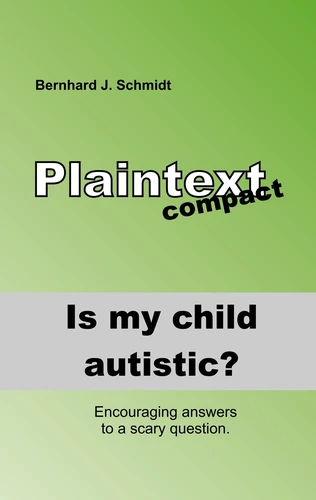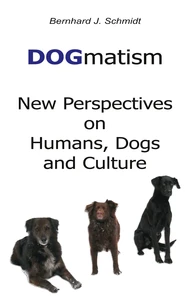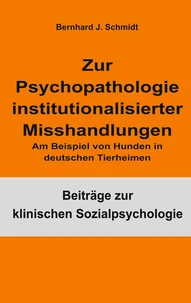Is my child autistic?. Encouraging answers to a scary question
Par :Formats :
Disponible dans votre compte client Decitre ou Furet du Nord dès validation de votre commande. Le format ePub protégé est :
- Compatible avec une lecture sur My Vivlio (smartphone, tablette, ordinateur)
- Compatible avec une lecture sur liseuses Vivlio
- Pour les liseuses autres que Vivlio, vous devez utiliser le logiciel Adobe Digital Edition. Non compatible avec la lecture sur les liseuses Kindle, Remarkable et Sony
- Non compatible avec un achat hors France métropolitaine
 , qui est-ce ?
, qui est-ce ?Notre partenaire de plateforme de lecture numérique où vous retrouverez l'ensemble de vos ebooks gratuitement
Pour en savoir plus sur nos ebooks, consultez notre aide en ligne ici
- Nombre de pages52
- FormatePub
- ISBN978-3-7504-5451-4
- EAN9783750454514
- Date de parution10/12/2019
- Protection num.Adobe DRM
- Taille205 Ko
- Infos supplémentairesepub
- ÉditeurBooks on Demand
Résumé
If the first deviations from normal development occur in a
child, be it language, motor skills or social interaction, parents
and educators often wonder if this child may be autistic.
Autism currently dominates not only research, but also the
media. This, however, under a false understanding of autism
as an incurable disease.
However, the new social-psychological and developmentdynamic
theory of autism makes it clear that autism is not a
disease, but another form of being.
And that autistic children can also develop normally, need
social interaction for development, and are willing and able to
do so.
It only needs a higher sensitivity to allow autistic children to
socialize.
The book explains what autism is, how to recognize autistic
children, and what should be considered as a precautionary
measure to help autistic children develop normally.
If the first deviations from normal development occur in a
child, be it language, motor skills or social interaction, parents
and educators often wonder if this child may be autistic.
Autism currently dominates not only research, but also the
media. This, however, under a false understanding of autism
as an incurable disease.
However, the new social-psychological and developmentdynamic
theory of autism makes it clear that autism is not a
disease, but another form of being.
And that autistic children can also develop normally, need
social interaction for development, and are willing and able to
do so.
It only needs a higher sensitivity to allow autistic children to
socialize.
The book explains what autism is, how to recognize autistic
children, and what should be considered as a precautionary
measure to help autistic children develop normally.























